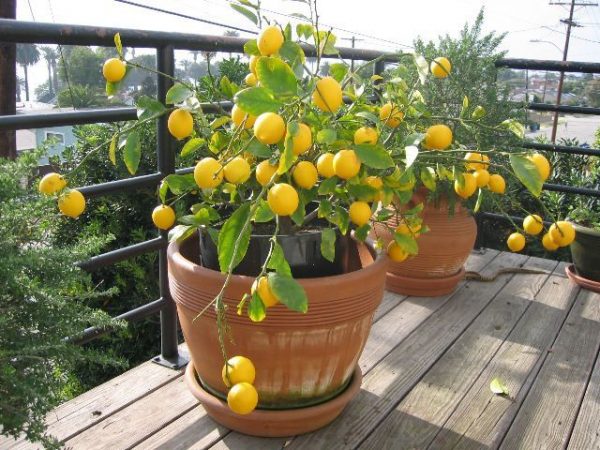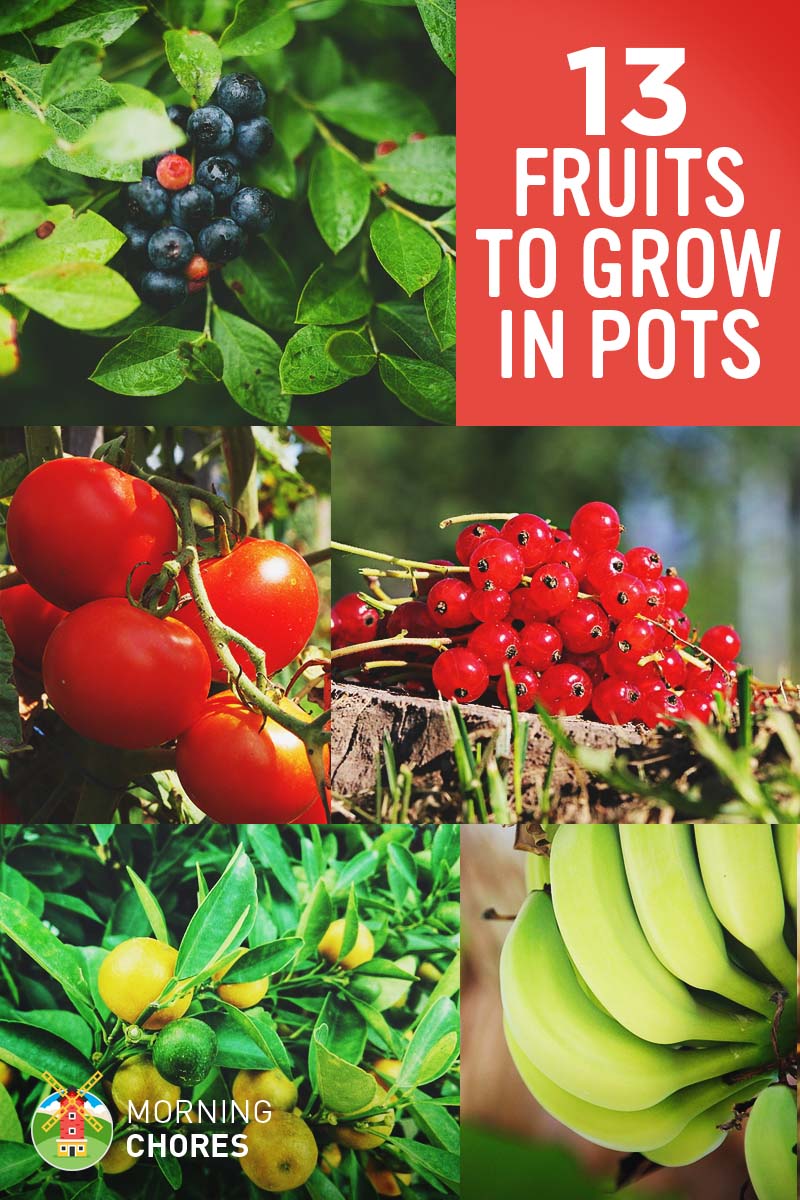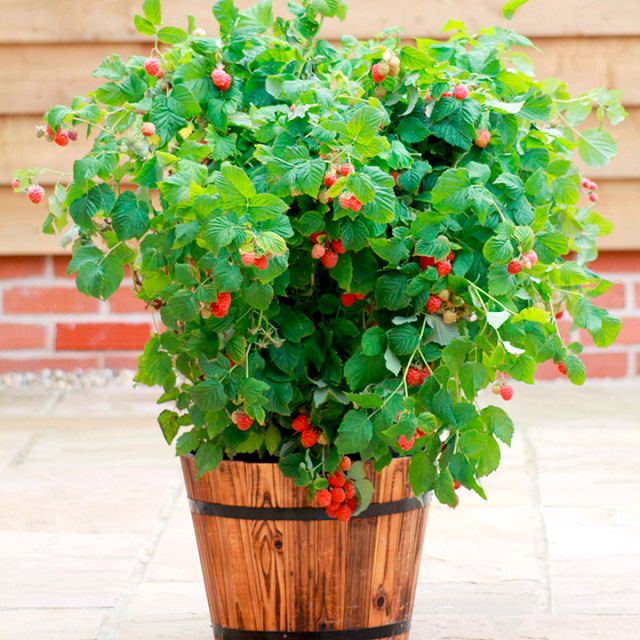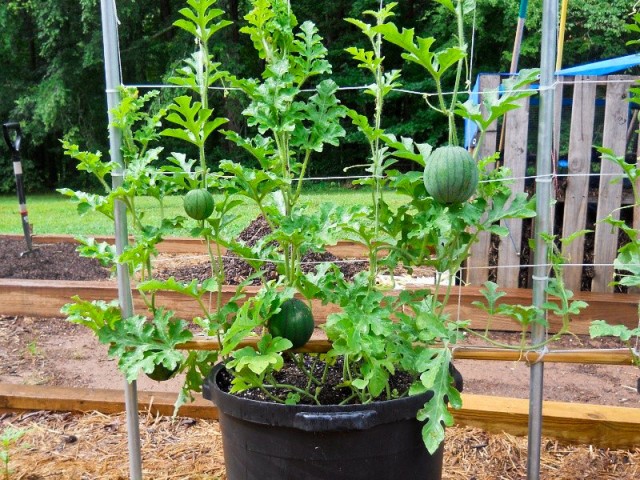Why Container Gardening is Perfect for Fruit Lovers
Container gardening has revolutionized the way people grow their own fruits, offering a space-saving and flexible solution for urban dwellers and gardening enthusiasts alike. By growing fruits in pots, individuals can enjoy a bountiful harvest year-round, regardless of the season or climate. This innovative approach to gardening has made it possible for anyone to cultivate a wide variety of delicious fruits, from strawberries and blueberries to citrus and figs.
One of the primary benefits of container gardening is its ability to thrive in small spaces. Even with limited outdoor space, individuals can still grow a fruitful garden on a balcony, patio, or rooftop. This makes it an ideal solution for city dwellers who want to enjoy the benefits of homegrown produce without sacrificing valuable space.
Another advantage of container gardening is its flexibility. By using pots, gardeners can easily move their plants to different locations to optimize sunlight, soil, and temperature conditions. This flexibility also allows gardeners to experiment with different fruit varieties and growing techniques, making it an excellent way to learn and improve gardening skills.
When it comes to growing fruits in pots, the possibilities are endless. With the right combination of soil, sunlight, and care, gardeners can enjoy a diverse range of fruits, from sweet and tangy to tart and refreshing. Whether you’re a seasoned gardener or just starting out, container gardening offers a fun and rewarding way to grow your own fruits and enjoy the many benefits of homegrown produce.
By incorporating fruits to grow in a pot into your gardening routine, you can experience the joy of harvesting fresh, delicious produce right in your own backyard. With the right techniques and a little creativity, you can turn even the smallest space into a thriving fruit garden, perfect for snacking, cooking, and sharing with friends and family.
Choosing the Right Fruits for Container Gardening
When it comes to selecting fruits to grow in pots, there are several key factors to consider. Climate, soil, and sunlight requirements are crucial in determining which fruits will thrive in containers. For example, fruits like strawberries and blueberries require full sun to partial shade, while citrus fruits prefer well-draining soil and protection from extreme temperatures.
Another important consideration is the fruit’s mature size and growth habit. Compact or dwarf varieties of fruits like apples, peaches, and apricots are ideal for container gardening, as they require less space and pruning. On the other hand, vining fruits like kiwis and passionfruits need a trellis or other support system to thrive.
Soil quality is also essential for container gardening. Fruits like raspberries and blackberries prefer slightly acidic soil, while citrus fruits require a more alkaline soil pH. Using a high-quality potting mix specifically designed for container gardening can help ensure optimal soil conditions for your fruits.
Some popular fruits that are well-suited for container gardening include strawberries, blueberries, citrus, figs, and grapes. These fruits are relatively easy to care for and can thrive in a variety of conditions. However, it’s essential to research the specific growing requirements for each fruit variety to ensure optimal growth and production.
By choosing the right fruits for your container garden, you can enjoy a bountiful harvest of delicious and fresh produce. Whether you’re a beginner or an experienced gardener, selecting the right fruits for your climate, soil, and sunlight conditions is crucial for success. With the right combination of fruits and care, you can create a thriving container garden that provides a continuous supply of fresh fruits throughout the growing season.
When selecting fruits to grow in a pot, consider the specific growing requirements and characteristics of each variety. By doing so, you can create a diverse and thriving container garden that meets your needs and provides a continuous supply of fresh, delicious fruits.
How to Create a Thriving Container Garden for Fruits
Creating a thriving container garden for fruits requires careful planning and attention to detail. One of the most critical factors is selecting the right pot size. A general rule of thumb is to choose a pot that is at least 5-7 gallons in size to provide enough room for the fruit plant’s roots to grow.
Soil mix is also essential for a healthy container garden. A well-draining potting mix specifically designed for container gardening is ideal. Avoid using garden soil from your outdoor garden, as it can compact and prevent proper drainage. Instead, opt for a high-quality potting mix that contains a blend of peat moss, vermiculite, and perlite.
Fertilization is another crucial aspect of container gardening. Fruit plants require a balanced fertilizer that is high in phosphorus to promote fruiting. Look for a fertilizer that is specifically formulated for container gardening and follow the instructions on the label for application rates.
Proper drainage and aeration are also vital for a thriving container garden. Make sure the pot has drainage holes in the bottom to prevent waterlogged soil. You can also add a layer of small rocks or broken pottery at the bottom of the pot to improve drainage.
Aeration is also essential for healthy root growth. You can improve aeration by adding a layer of organic matter such as compost or well-rotted manure to the soil mix. This will help to break up any clods and improve soil structure.
Finally, consider the location of your container garden. Most fruit plants require full sun to partial shade, so choose a location that receives at least 6 hours of direct sunlight per day. Avoid placing the pot in a location that is prone to strong winds or extreme temperatures.
By following these tips, you can create a thriving container garden for fruits that will provide you with a bountiful harvest of delicious and fresh produce. Whether you’re growing strawberries, blueberries, or citrus, a well-planned container garden can provide you with a continuous supply of fresh fruits throughout the growing season.
Top Fruits to Grow in Pots for a Bountiful Harvest
When it comes to growing fruits in containers, there are several varieties that are well-suited for this type of gardening. Here are some of the top fruits to grow in pots, along with their growing requirements and expected yield:
Strawberries are one of the most popular fruits to grow in containers, and for good reason. They are easy to care for, produce fruit in as little as 60 days, and can thrive in a variety of conditions. Look for compact varieties like ‘Albion’ or ‘Camarosa’ that are specifically bred for container gardening.
Blueberries are another excellent choice for container gardening. They require slightly acidic soil and consistent moisture, but can produce delicious fruit in the summer months. Look for dwarf varieties like ‘Tophat’ or ‘Bluecrop’ that are compact and produce plenty of fruit.
Citrus fruits like lemons, limes, and oranges are also well-suited for container gardening. They prefer well-draining soil and full sun, but can thrive in a variety of conditions. Look for dwarf varieties like ‘Dwarf Washington’ or ‘Dwarf Meyer’ that are compact and produce plenty of fruit.
Figs are a lesser-known fruit that can thrive in containers. They prefer well-draining soil and full sun, but can produce two crops of fruit per year. Look for compact varieties like ‘Brown Turkey’ or ‘Black Jack’ that are specifically bred for container gardening.
Other fruits that can thrive in containers include raspberries, blackberries, and grapes. These fruits prefer well-draining soil and full sun, but can produce delicious fruit in the summer months. Look for compact varieties that are specifically bred for container gardening.
When growing fruits in containers, it’s essential to provide the right growing conditions. Make sure the pot has good drainage, and the soil is well-draining and fertile. Provide plenty of sunlight and water, and fertilize regularly for optimal growth and production.
By growing these top fruits in pots, you can enjoy a bountiful harvest of delicious and fresh produce. Whether you’re a beginner or an experienced gardener, container gardening is a great way to grow your favorite fruits and enjoy the many benefits of homegrown produce.
Common Challenges and Solutions for Growing Fruits in Pots
While growing fruits in containers can be a rewarding experience, there are several common challenges that may arise. One of the most common issues is pests, such as aphids, whiteflies, and spider mites. These pests can be controlled using organic methods such as neem oil, insecticidal soap, and horticultural oil.
Diseases are another common challenge when growing fruits in containers. Fungal diseases such as powdery mildew and root rot can be controlled using fungicides and improving air circulation around the plants. Bacterial diseases such as bacterial leaf spot can be controlled using copper-based fungicides and removing infected leaves.
Nutrient deficiencies are also a common issue when growing fruits in containers. Fruits require a balanced diet of nutrients to grow and produce fruit. A lack of nutrients can result in stunted growth, yellowing leaves, and reduced fruit production. Using a balanced fertilizer and following the instructions on the label can help prevent nutrient deficiencies.
Another common challenge is overwatering, which can lead to root rot and other problems. Checking the soil moisture regularly and avoiding getting water on the leaves can help prevent overwatering.
Underwatering is also a common issue, especially during hot weather. Checking the soil moisture regularly and watering when necessary can help prevent underwatering.
Temperature fluctuations can also be a challenge when growing fruits in containers. Most fruits prefer daytime temperatures between 65-75°F (18-24°C) and nighttime temperatures around 55-65°F (13-18°C). Using a thermometer to monitor the temperature and moving the containers to a protected location during extreme weather can help prevent damage.
By being aware of these common challenges and taking steps to prevent them, you can enjoy a healthy and productive container fruit garden. Regular monitoring and maintenance can help prevent problems and ensure a bountiful harvest of delicious fruits.
Some other tips for overcoming common challenges include:
- Using a well-draining potting mix to prevent waterlogged soil
- Providing support for climbing fruits such as peas and beans
- Pruning fruits regularly to promote healthy growth and fruiting
- Monitoring for pests and diseases regularly and taking action promptly
By following these tips and being aware of the common challenges, you can enjoy a successful and rewarding container fruit garden.
Maximizing Space: Tips for Growing Multiple Fruits in One Pot
One of the most efficient ways to grow fruits in containers is to grow multiple fruits in one pot. This technique is known as companion planting, and it can help to maximize space, reduce soil usage, and increase fruit production. Here are some tips for growing multiple fruits in one pot:
First, choose fruits that are compatible with each other in terms of their growing requirements, such as sunlight, water, and nutrient needs. For example, strawberries and blueberries have similar growing requirements and can be grown together in the same pot.
Next, select a pot that is large enough to accommodate multiple fruits. A minimum pot size of 12-14 inches deep and 24-36 inches wide is recommended. Make sure the pot has good drainage holes to prevent waterlogged soil.
Use a trellis or cage to provide support for climbing fruits such as peas, beans, and kiwis. This will help to keep the fruits organized and make the most of the space in the pot.
When growing multiple fruits in one pot, it’s essential to manage soil and nutrient requirements carefully. Use a balanced fertilizer that is specifically formulated for container gardening, and follow the instructions on the label for application rates.
Some popular fruit combinations for container gardening include:
- Strawberries and blueberries: These fruits have similar growing requirements and can be grown together in the same pot.
- Citrus and figs: These fruits have different growing requirements, but can be grown together in the same pot with careful management of soil and nutrient requirements.
- Raspberries and blackberries: These fruits have similar growing requirements and can be grown together in the same pot.
By following these tips, you can successfully grow multiple fruits in one pot and enjoy a bountiful harvest of delicious and fresh produce. Remember to choose compatible fruits, use a large enough pot, and manage soil and nutrient requirements carefully.
Growing multiple fruits in one pot is a great way to maximize space and increase fruit production. With careful planning and management, you can enjoy a thriving container fruit garden that provides a continuous supply of fresh fruits throughout the growing season.
Caring for Your Container Fruit Garden: Ongoing Maintenance
Regular maintenance is crucial for a healthy and productive container fruit garden. Here are some tips to help you keep your container fruit garden thriving:
Watering is one of the most critical aspects of container gardening. Make sure to water your fruit plants when the top inch of soil feels dry to the touch. Avoid overwatering, which can lead to root rot and other problems.
Pruning is another essential maintenance task for container fruit gardens. Prune your fruit plants regularly to promote healthy growth, encourage fruiting, and remove any dead or diseased branches.
Fertilizing is also important for container fruit gardens. Use a balanced fertilizer that is specifically formulated for container gardening, and follow the instructions on the label for application rates.
Pest control is another important aspect of container gardening. Keep an eye out for pests like aphids, whiteflies, and spider mites, and use organic methods to control them whenever possible.
Disease prevention is also crucial for container fruit gardens. Use fungicides and bactericides as needed to prevent diseases like powdery mildew and root rot.
Repotting is another important maintenance task for container fruit gardens. Repot your fruit plants every 1-2 years to provide fresh soil and a larger pot if necessary.
Monitoring temperature and humidity is also important for container fruit gardens. Most fruit plants prefer daytime temperatures between 65-75°F (18-24°C) and nighttime temperatures around 55-65°F (13-18°C).
By following these maintenance tips, you can keep your container fruit garden healthy and productive, and enjoy a bountiful harvest of delicious fruits.
Some other tips for maintaining a healthy container fruit garden include:
- Keeping the pot clean and free of debris
- Providing support for climbing fruits like peas and beans
- Monitoring for pests and diseases regularly
- Using a trellis or cage to provide support for fruiting plants
By following these tips, you can enjoy a thriving container fruit garden that provides a continuous supply of fresh fruits throughout the growing season.
Enjoying Your Homegrown Fruits: Harvesting and Preserving
Harvesting and preserving your homegrown fruits is an exciting part of container gardening. Here are some tips on how to properly harvest and preserve your fruits:
Harvesting: The timing of harvesting depends on the type of fruit and its ripeness. For example, strawberries are ready to harvest when they are bright red and slightly soft to the touch. Blueberries are ready to harvest when they are plump and have a powdery coating.
Preserving: There are several ways to preserve your homegrown fruits, including freezing, canning, and dehydrating. Freezing is a great way to preserve fruits like strawberries and blueberries, while canning is a good option for fruits like citrus and figs.
Ripening: Some fruits, like bananas and avocados, continue to ripen after they are picked. To speed up the ripening process, place the fruit in a paper bag with an apple or banana, as these fruits give off ethylene gas, which helps to ripen other fruits.
Storing: Store your harvested fruits in a cool, dry place to keep them fresh for longer. For example, store strawberries in a container with a paper towel to absorb excess moisture.
Using in Recipes: Your homegrown fruits can be used in a variety of recipes, from salads and smoothies to baked goods and desserts. Get creative and experiment with different recipes to find your favorite ways to use your homegrown fruits.
Some popular recipes that use homegrown fruits include:
- Strawberry shortcake: Slice fresh strawberries and layer them with whipped cream and sweet biscuits.
- Blueberry muffins: Mix fresh blueberries with flour, sugar, and eggs to make a delicious breakfast treat.
- Citrus salad: Combine sliced citrus fruits like oranges, grapefruits, and lemons with mixed greens and a tangy vinaigrette.
By following these tips, you can enjoy your homegrown fruits and make the most of your container gardening experience.
Remember to always handle your fruits gently and store them properly to keep them fresh for longer. Happy harvesting and preserving!




/GettyImages-128135430-e362c53ec6aa4da1923f419943a962c4.jpg)




:max_bytes(150000):strip_icc()/GettyImages-576798993-af0018703ddc49ab8f34fdd7b8b5798b.jpg)